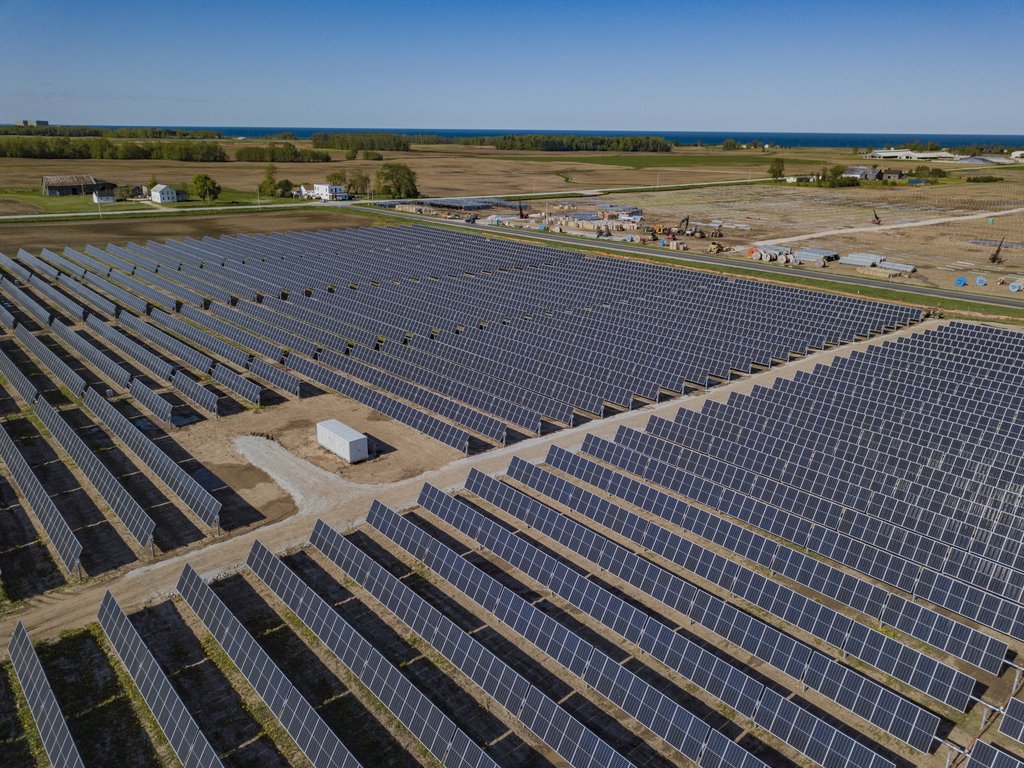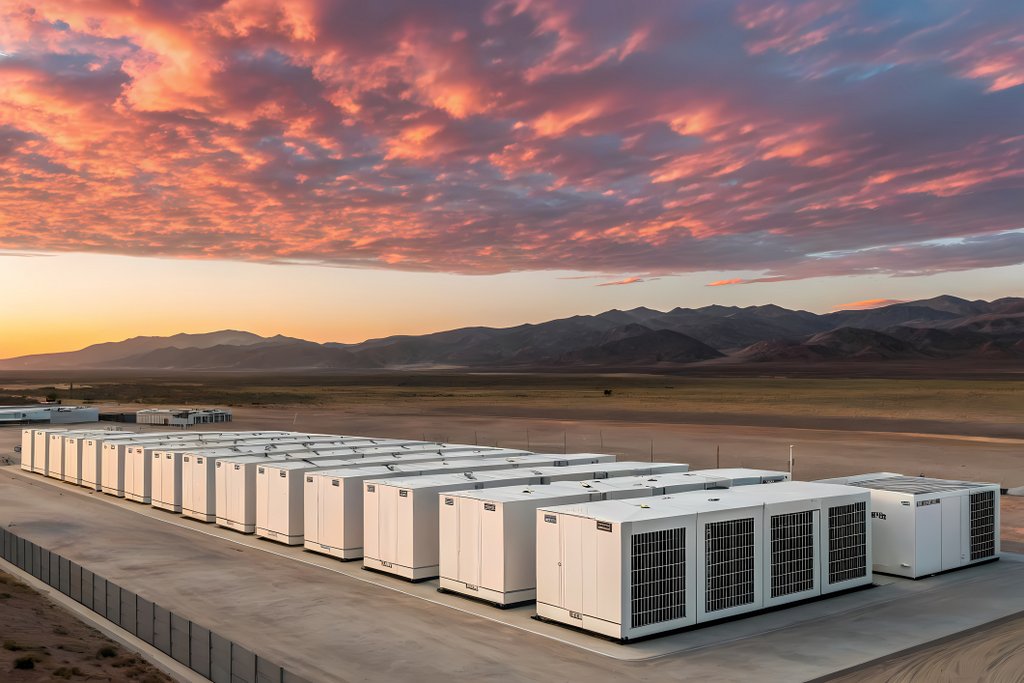Problem-solving solar on metal roofs with S-5! | The Pitch
Solar panels make a great pair with metal rooftops – as long as you have the right attachment system and support team that understands the nuances of the application. On this edition of The Pitch we’re talking all about solar mounting on metal roofs with Jesse Winternitz, application engineer with S-5!. Watch the full episode above, skip to a timestamp below, or skip part of the transcript.
- 0:34 – Background of S-5! and metal roof attachment
- 2:31 – Role of the S-5! Support Team
- 4:12 – Misconceptions of solar projects on metal roofs
- 4:53 – Overview of PVKIT system & installation
- 6:29 – How PVKIT helps overcome common project challenges
- 8:13 – How the Support Team helps overcome challenges
- 9:17 – Advice for installers considering metal roof jobs
- 10:11 – How else S-5! is innovating in solar
Background of S-5! and metal roofing
Winternitz: S-5! is really the industry leader as it relates to attaching anything to metal roofing, whether it’s a standing seam metal roof or an exposed basin metal roof. The owner and founder of S-5!, Rob Haddock, was the gentleman who invented the technology for attaching to standing seam metal roofs 35 years ago. So, we did it first, and we’re constantly innovating new products for different kinds of metal roof. We have partnerships with the largest roof manufacturers in the United States as well as internationally. We test all of our own products. We have extensive testing and certifications for our roof attachments as well as our solar racking system PVKIT.
You’re the lead on the S-5! support team. Tell us about the support team and the experience needed to be on it.
Winternitz: Specifically on our domestic product support and application engineering team, we have multiple people with engineering degrees, extensive backgrounds with metal roofing experience and solar, both on paper and actually getting up on roofs and doing it ourselves. My team will help you with the easiest questions, such as what kind of metal roof do I have, or what kind of product do I need for my metal roof. From there, we’ll help you design your PVKIT system array and plan it all out, as well as other kind of applications, such as our snow retention system. We’ll help you with training. We’ll review your string design. We’ll make sure that you’re set up for success on your project.
Solar attachment on metal roofs
What are the misconceptions customers have about installing solar on metal roofs?
Winternitz: People are just not as comfortable working on metal roofs as other kind of roofing platforms. And there’s really nothing to shy away from. Metal roofs are the only kind of roof which lasts longer than the solar. You’re going to want to engage with more metal roof projects because you get to reap the rewards of installing a system, which isn’t going to have to be reinstalled partway through the service life of the solar.
Give us an overview of PVKIT and how it optimizes installation time
Winternitz: PVKIT optimizes installation time because it is a true lay-and-play system. With other kinds of racking systems, regardless of what kind of roof type it is, you have to space out and measure and be pretty specific with where you put your roof attachments. With PVKIT, you really only have to measure out and place your first string line for any given subarray. From there, you’re going to build your columns up the roof, and you’re going to use your modules and your PVKITs as you’re spacing jigs.
It is a rail-less system, a direct attach system. With metal roofs, you can use the ribs or the seams as the rails so to speak. You don’t have to ship and carry these heavy long rails up onto the roof — and you don’t have to pay for them. It is different; people are used to rails. They know how to attach the MLPEs to the rails and zip tie the wires to the rail as they build out their row of modules. With PVKIT, it is just important to attach your MLPEs to the module frame whenever possible. You can attach them to the roof and put them underneath the modules as well. If you take that few extra minutes ahead of time to know where your strings are going to lie, and how your MLPEs are going to attach to the modules. Before you bring your modules up on the roof, have someone on your team clipping wires up to the module frame so you don’t have lots of dangling wires.
It really is just a matter of putting the module into place, clipping up your conductor wires, and securing the module there, and you’re done.
Example where PVKIT came in handy
Winternitz: We’ve had a couple projects over the past year … that were rural projects with older buildings. But it was called into question whether the building could support the weight of the system. By utilizing PVKIT — which is about 85% to 90% weight reduction as opposed to a rail system — they were able to use the MLPEs and the solar modules that they wanted to use and not cut any corners. They didn’t have to use adhesives or do anything outside of the strictest building code regulations. PVKIT itself is really a one-size-fits-all. It works on traditional module frames all the way from 30 mm up to 46 millimeters.
Advice for solar installers working on metal roofs
Pick up the rest of the conversation from there …





Comments are closed here.